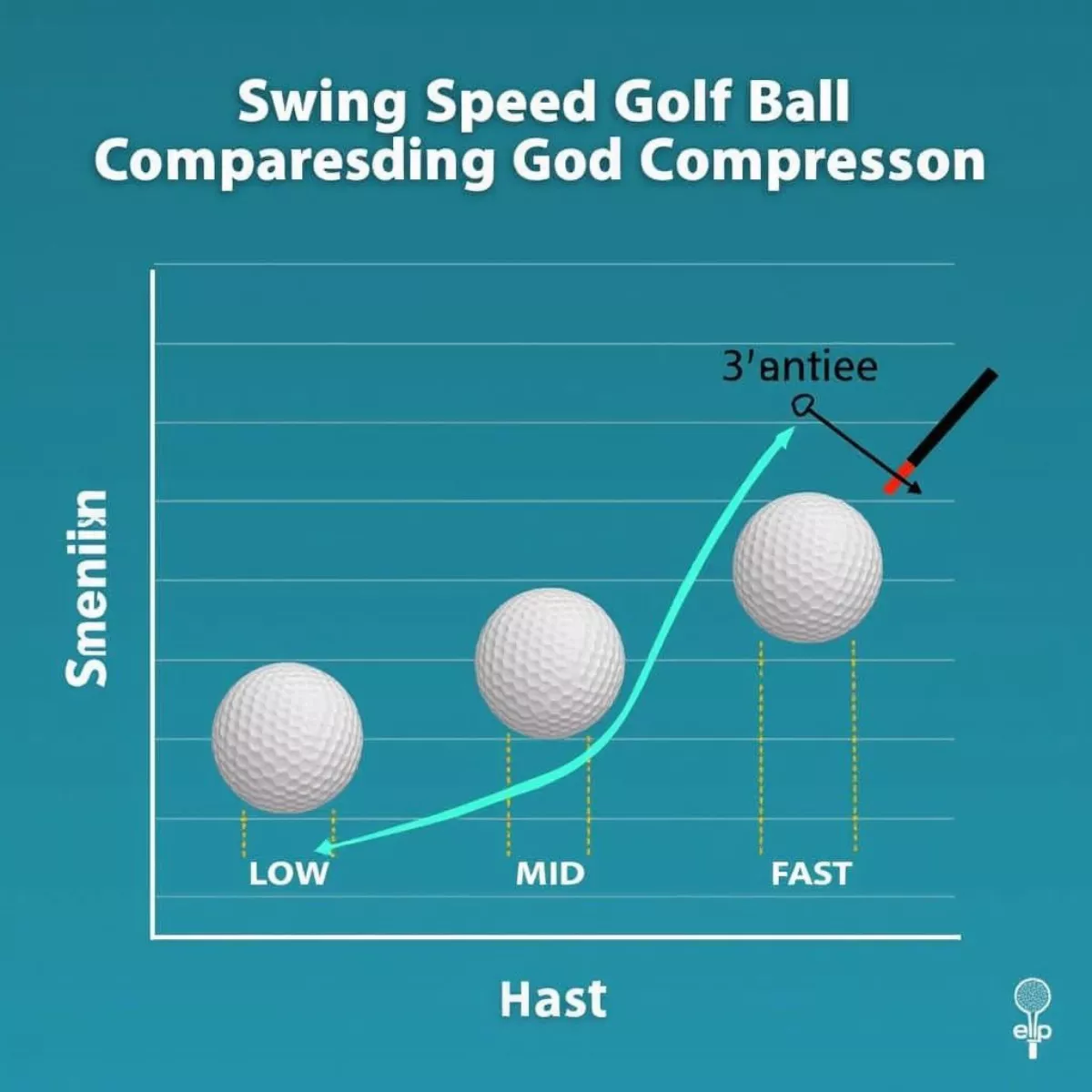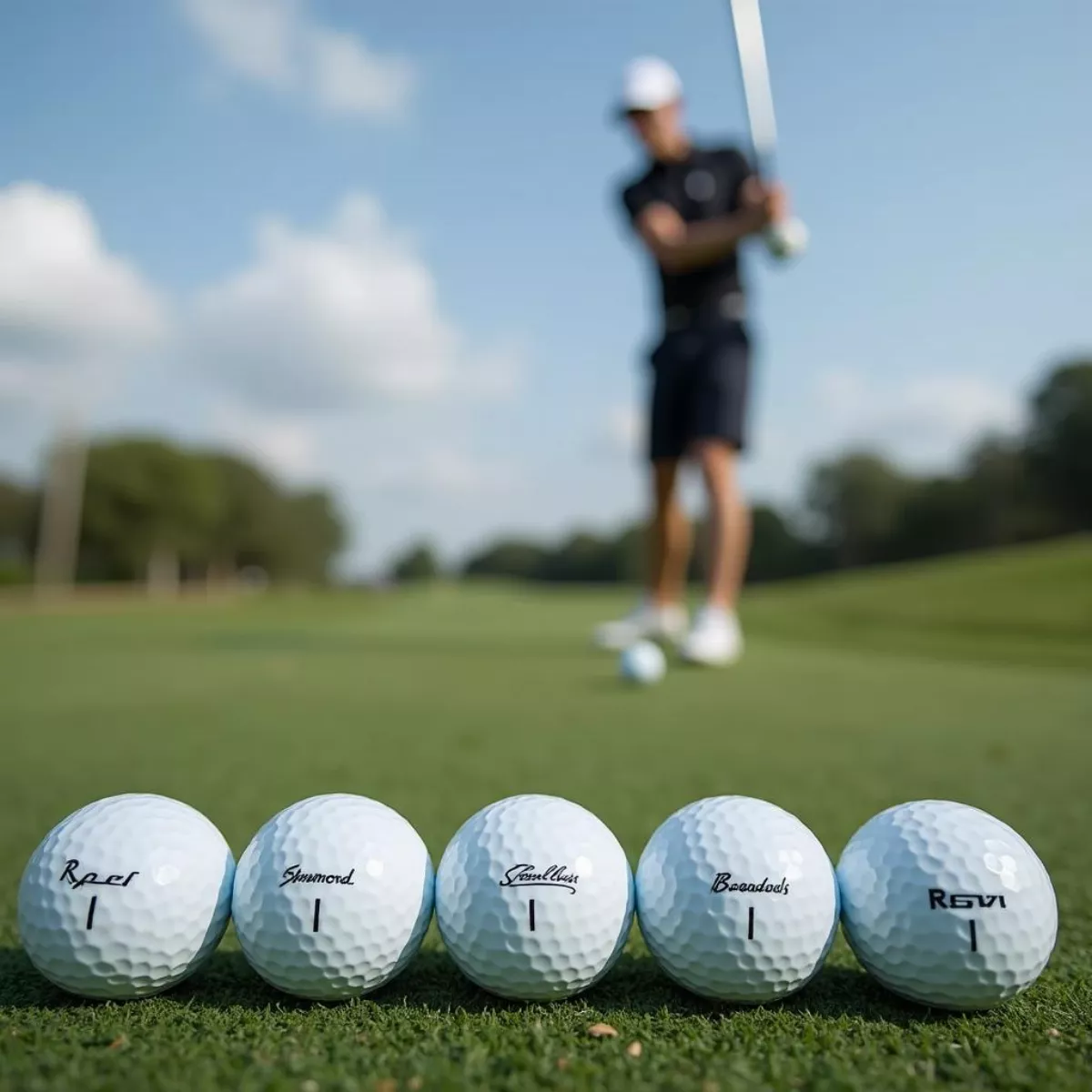When you step onto the golf course, everything from your swing to your grip can influence your game. But one element often overlooked is the golf ball itself. Choosing the right golf ball can dramatically affect your performance, whether you’re a seasoned pro or just starting out. In this guide, we’re diving deep into how to select the ideal ball for your game.
Understanding Golf Balls
Golf balls are engineered with varying materials, designs, and constructions to suit different playing styles and conditions. Here’s a brief overview of the main types:
1. Two-Piece Golf Balls
These are constructed with a solid core and a durable cover. They are designed for distance and are usually favored by beginners for their affordability and ease of use.
2. Three-Piece Golf Balls
Three-piece designs have a core, a layer for spin, and a cover. They offer improved performance and control, making them ideal for intermediate to advanced players.
3. Four-Piece and Five-Piece Golf Balls
These balls consist of multiple layers, enhancing spin, feel, and distance. They are best suited for expert golfers who can fully harness their design benefits.
Table: Key Features of Different Golf Balls
| Type | Construction | Target Player | Advantages |
|---|---|---|---|
| Two-Piece | Solid Core + Cover | Beginners | Low cost, good distance |
| Three-Piece | Core + Spin Layer + Cover | Intermediate | Balance of distance and control |
| Four-Piece | Multiple Layers | Advanced | Maximum control, feel, and distance |
| Five-Piece | Multiple Layers with advanced tech | Expert | Best for maximizing performance |
 Golf Balls Types
Golf Balls Types
How to Choose the Right Golf Ball
Selecting the right golf ball involves understanding your skill level, swing speed, and playing style.
1. Assess Your Skill Level
- Beginner: Usually opting for a two-piece ball is best. These balls are designed for distance and forgiveness.
- Intermediate: If you have a consistent swing, a three-piece ball can help improve your game with better control.
- Advanced: At this level, you’ll want a four or five-piece ball to capitalize on your skill, allowing for enhanced spin and distance.
2. Consider Your Swing Speed
Your swing speed greatly influences how a ball performs.
- Slow Swing (Under 85 mph): Choose a ball with a softer compression (like a two-piece ball) which helps in maximizing distance.
- Medium Swing (85-105 mph): A mid-compression ball typically delivers a good balance of distance and control.
- Fast Swing (Over 105 mph): Opt for a high-compression ball that provides control and feel.
3. Think About Feel and Spin
The right ball can greatly affect how the ball responds on the greens.
- Soft Feel: A softer ball is great for added touch around the greens.
- High Spin: Designed for better performance on approach shots and around the green.
 Golf Ball Compression Chart
Golf Ball Compression Chart
4. Weather and Course Conditions
Different golf balls perform differently under various conditions:
- Windy Conditions: Use a ball designed for low spin to minimize distortion.
- Wet Conditions: A firmer ball with a durable cover will provide better control.
5. Price Considerations
Golf balls come in various price ranges. While more expensive balls often provide superior technology and feel, there are many budget-friendly options that still perform well.
Consider purchasing in bulk or looking for sales on your favorite brands to manage costs.
Quotes from Experts
“The golf ball you choose can impact your game as much as your clubs; it’s essential to experiment.” – Golf Equipment Expert
Testing Your Balls
Before settling on one type of golf ball, it’s beneficial to test a few different options. Here’s a simple way to do it:
- Take a sampling of at least 5 different types of balls.
- Play a round using each type, observing the feel, distance, and control.
- Note your scores and preferences for future reference.
 Golfer Testing Golf Balls
Golfer Testing Golf Balls
Popular Golf Ball Brands to Consider
Here are some widely-respected companies known for their quality golf balls:
- Titleist: Known for premium performance balls like the Pro V1 and AVX.
- Callaway: Offers balls like the Chrome Soft which balance spin and distance.
- Bridgestone: Renowned for custom-fitting balls based on swing speed.
- Srixon: Popular for their high-performing Z-Star and Soft Feel lines.
Key Takeaways
- Assess your skill level: Choose a two-piece for beginners and a multi-layer for advanced players.
- Match your swing speed: Understand your swing speed for better ball selection.
- Consider feel and spin: Soft feels are better for touch, while high spin works best for advanced players.
- Test under different conditions: Try different balls in various course conditions to find your match.
- Budget wisely: You don’t have to spend a fortune for quality; shop around for the best deals.
FAQ about Choosing the Right Golf Ball
1. What golf ball should a beginner use?
Beginners should choose a two-piece golf ball which provides distance and forgiveness.
2. How does swing speed affect ball choice?
Faster swing speeds generally benefit from high-compression balls, while slower swings should opt for softer, low-compression balls.
3. Are expensive golf balls worth it?
It depends on your skill level and how often you play. Higher-end balls can provide better performance, but many budget options perform well.
4. Should I use the same ball for every round?
Consistency is key, but experimenting with different balls can help you determine what suits your game best.
5. What’s the difference between soft and hard golf balls?
Soft balls feel better on impact and provide more control, especially on the greens, while harder balls are generally designed for distance.
6. Can I use the same golf ball in all weather conditions?
Not necessarily. Balls perform differently in various conditions; adjust your choice based on weather and course conditions.
7. Is it better to play with a used golf ball or a new one?
New balls typically offer better performance. However, high-quality used balls can be a cost-effective alternative if they are in good condition.
8. How often should I change my golf balls?
Change your balls whenever they show signs of wear or if you notice a decline in performance.
9. Can golf balls lose performance over time?
Yes, golf balls can lose their optimal performance over time due to wear and tear or exposure to elements.
10. How can I determine which golf ball is right for me?
Testing different balls during practice rounds and noting their performance will help you find the right fit for your game.
With this detailed guide, you should now have a solid understanding of how to choose the right golf ball for your needs. Remember, the right golf ball can make a significant impact on your performance—so take the time to choose wisely! Happy golfing!